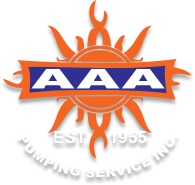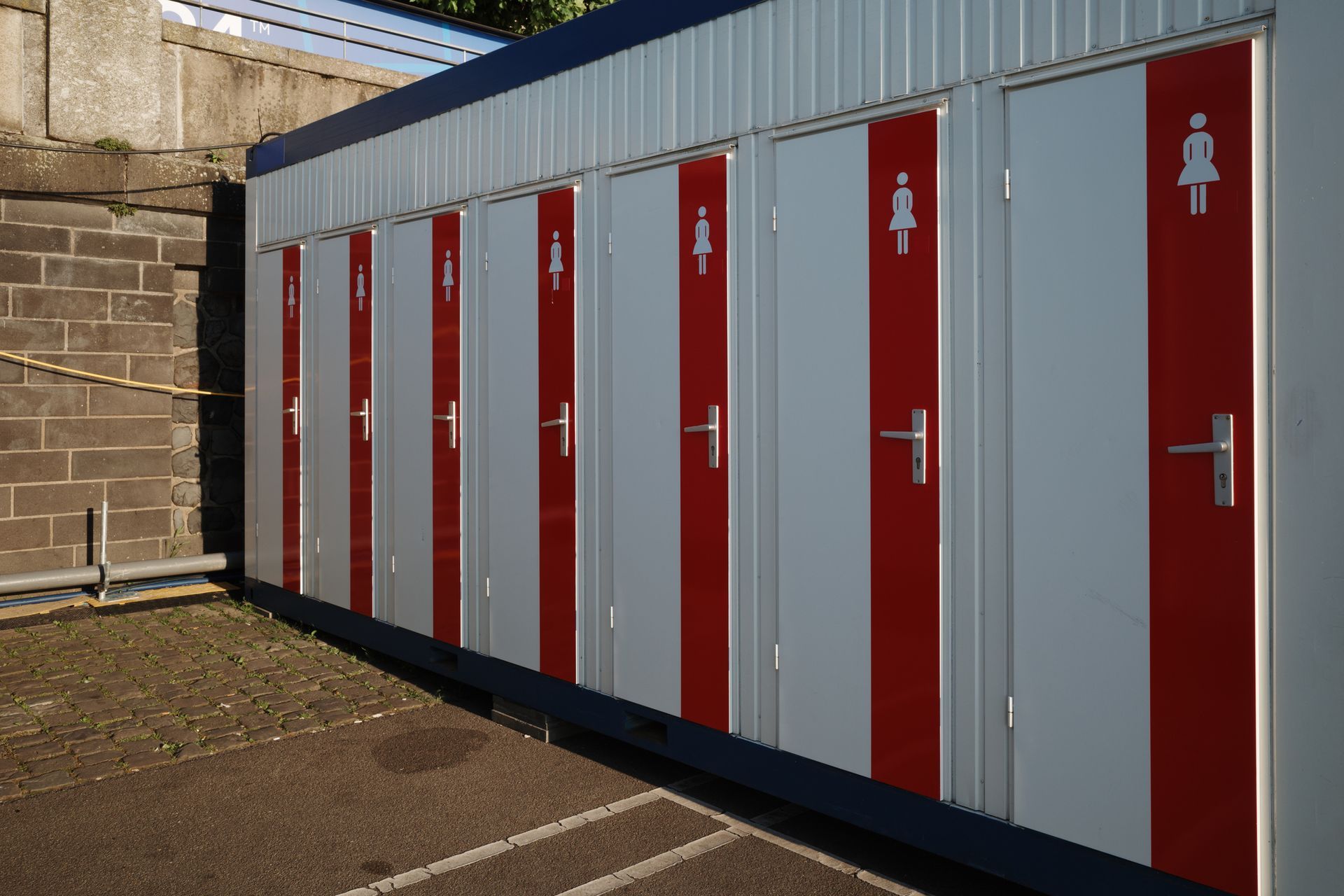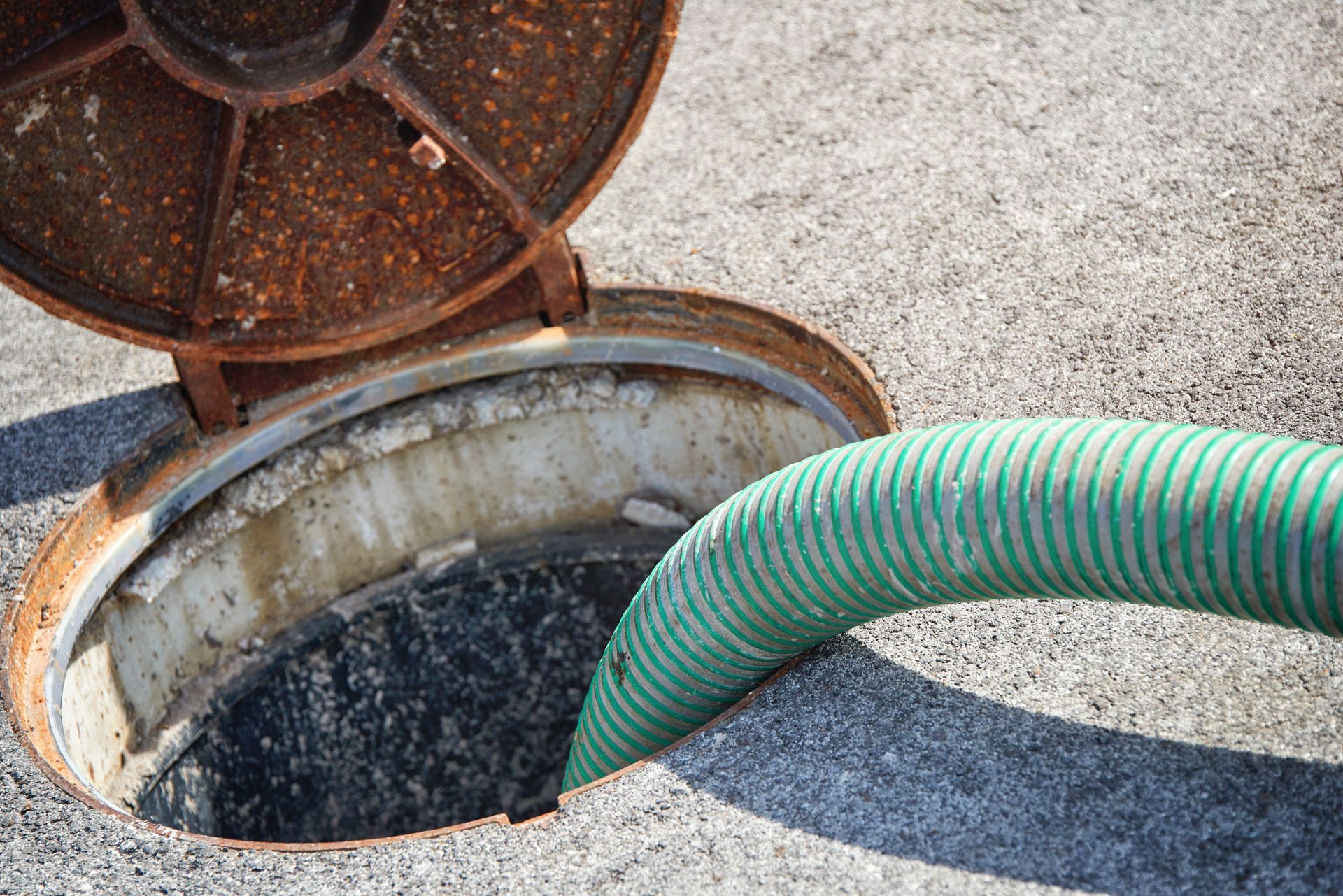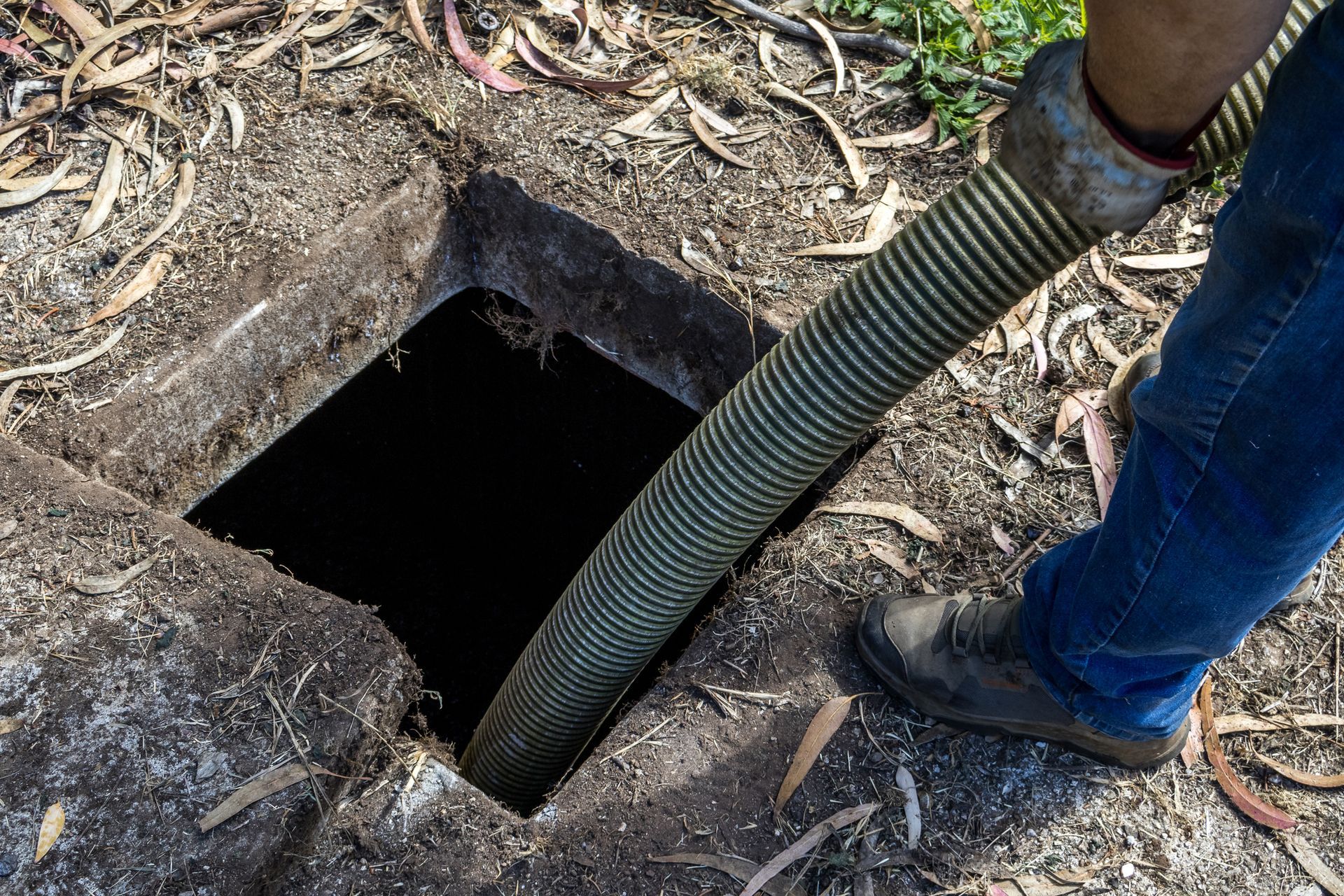Spring Cleaning Tips for Your Septic System

1. Review Your Pumping Schedule
No matter what your pumping schedule is, you may need to adjust it depending on your household's size and water usage — especially if those two factors have increased or decreased.
Standard households of two to four individuals can typically pump their septic systems every three years or so. But if you have a larger household or your water usage has increased for any reason, you'll want to adjust your schedule and pump your system roughly every year and a half.
However often you need to pump your tank, though, try to schedule that service during the spring. This time of year has ideal ground conditions and temperatures to make this service easier for your technician. Whenever you're ready to schedule your pumping service, get in touch with septic professionals.
2. Examine the Field and Surrounding Areas
Take a look at your septic field for any signs of flooding, overflow, damage, or dirt that may have shifted around. Also, inspect the areas around the drainfield and make any necessary repairs or adjustments. For example, look at the gutters around your home and see if they're pointed at or draining into the field. If they are, adjust the gutters so you don't risk accidentally flooding the area.
3. Perform Routine Maintenance
If you've noted any damage to your septic system, schedule repairs as soon as possible. You may also need to look into the cause of that damage and address those problems to prevent further issues. If your septic system sustained any damage from any surrounding bushes or trees, for example, consult the appropriate service providers to remove the foliage.
4. Make Any Necessary Upgrades
Does your septic system have an effluent filter? Is the tank deep underground? Do you have a concrete riser? Have you considered adding a controlled septic aerator? Certain features can vastly improve your septic system, so make any necessary upgrades to reap as many benefits as possible from it.
5. Be Kind to Your Septic System
No matter how well you maintain your septic system in big ways, you still need to be considerate of the system year-round to ensure it works properly for as long as possible.
If your home has a garbage disposal, limit how frequently you use it, as it increases usable space in the septic tank significantly and takes an extensive amount of time to break down adequately.
Double-check your toilet paper brand and make sure it's intended for use with a septic system — some brands of toilet paper aren't easily dissolvable and can actually cause clogs and backups.
Along with upgrades to the external components of your septic system, you may also want to upgrade some aspects of your home's interior. Replace your current toilets, water-based appliances, showerheads, and faucets with high-efficiency alternatives that will work more kindly on your septic system.
If necessary, reinforce proper waste disposal with members of your household. Food, baby wipes, oil, grease, or other trash can cause serious clogs and should never go through your septic system. Also, look at the cleaners you use to disinfect your home. Some cleaners, like bleach, can wreak havoc on the good bacteria in your septic system and prevent it from working correctly.
Use the tips above as you include your septic system in your spring cleaning checklist. And if you have any other questions or concerns, consult your septic technicians.







